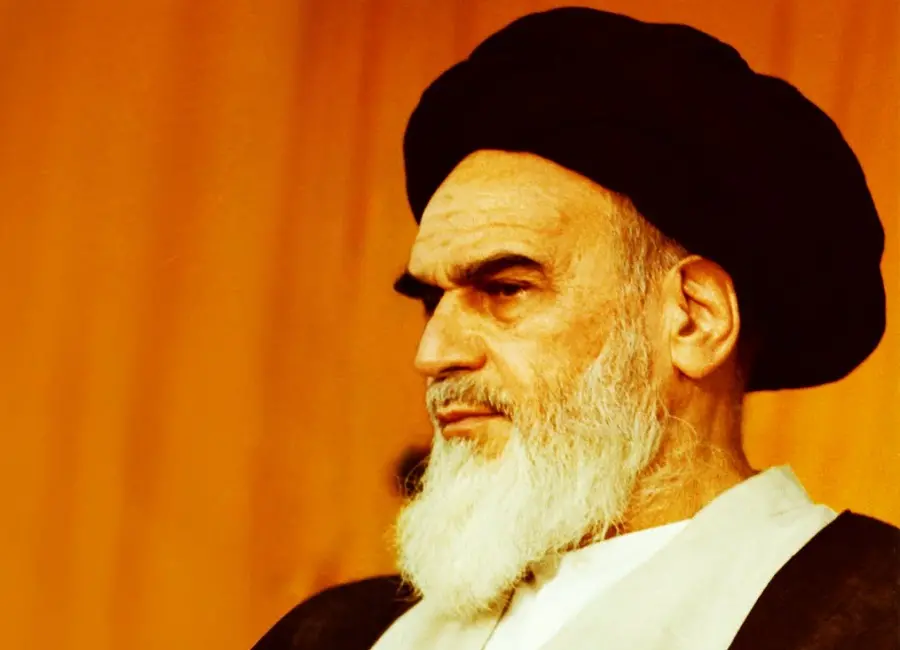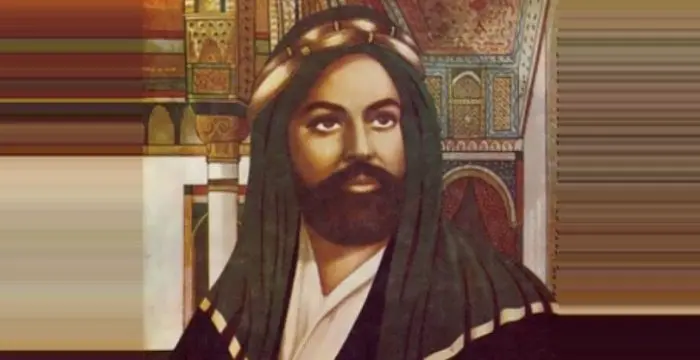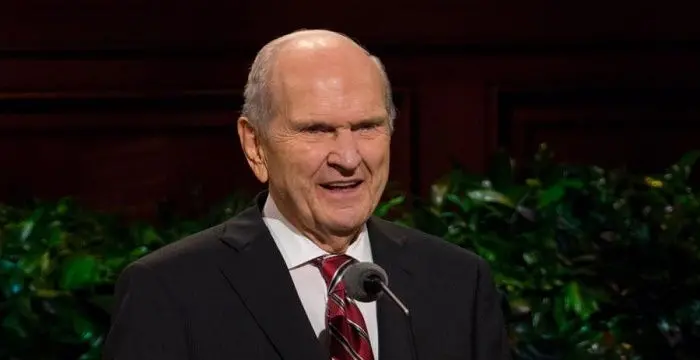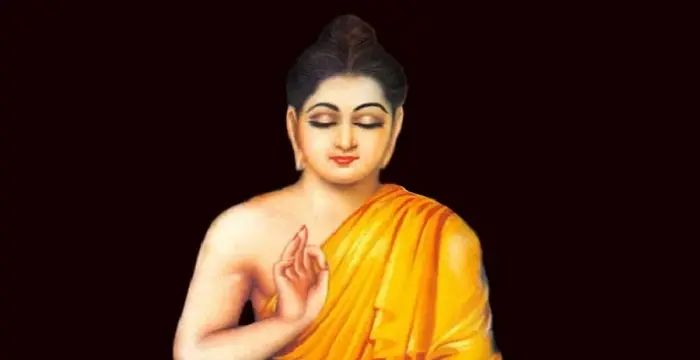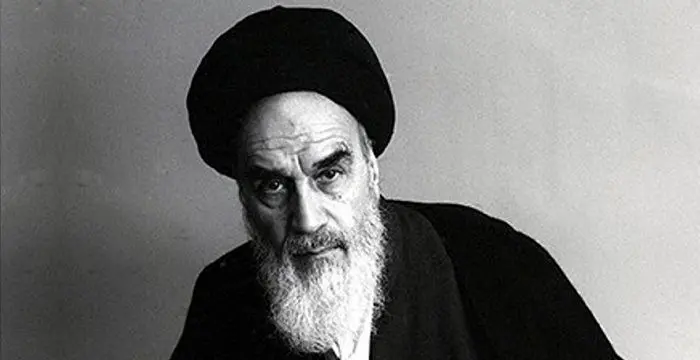
Ayatollah Khomeini - Led the Famous Iranian Revolution in 1979, Facts and Life
Ayatollah Khomeini's Personal Details
Ayatollah Khomeini was the political and religious leader of Iran who held the highest office of his country until his death
| Information | Detail |
|---|---|
| Birthday | September 22, 1902 |
| Died on | June 3, 1989 |
| Nationality | Iranian |
| Famous | Leaders, Spiritual & Religious Leaders, Led the Famous Iranian Revolution in 1979, Religious Leaders, Spiritual |
| Spouses | Khadijeh Saqafi (m.1929 – will.1989) |
| Childrens | Ahmad, Farideh, Mostafa, Sadiqeh, Zahra |
| Birth Place | Khomeyn, Persia |
| Religion | Usuli Twelver Shia Islam |
| Gender | Male |
| Father | Hajieh Agha Khanum |
| Mother | Mostafa Hindi Khomeini |
| Sun Sign | Virgo |
| Born in | Khomeyn, Persia |
| Famous as | Led the Famous Iranian Revolution in 1979 |
| Died at Age | 86 |
Ayatollah Khomeini's photo
Who is Ayatollah Khomeini?
Very few people can boast of having an influential personality that takes a nation by storm and reforms it completely to follow their line of belief and actions – Ayatollah Khomeini is one amongst them. A prominent political and religious leader of Iran, he lead the Iranian Revolution, successfully overthrowing the last Shah leader, bringing upon a new Islamic Constitution in the country and declaring himself as the Supreme Leader, a position which accorded him the highest ranking political and religious authority of the nation. Though born as Ruhollah Khomeini, it was through his persistent perseverance and hard work that he attained the status of Ayatollah, which is given only to Shi'ite scholars of the highest knowledge. Internationally, he held the title of Grand Ayatollah while in Iran, he was popularly referred to as Imam Khomeini. In addition to his political pursuits, he is known to have authored more than forty books in his lifetime. American newspaper TIME awarded Ayatollah Khomeini with the Man of the Year title in 1979 for his international influence. Additionally, he was also described to be the ‘virtual face of Islam in Western popular culture’. While his tactics earned him popularity among the orthodox people, many criticized him for violating human rights.
// Famous Spiritual
Prophet Muhammad
Prophet Muhammad was the founder of Islam, one of the most widespread religions in the world. This biography profiles his childhood, life story, achievements and more.
Murad IV
Murad IV was one of the mighty Sultans in the history of the Ottoman Empire. This biography profiles his childhood, family, accession, rule, administration and timeline.
Eckhart Tolle
Eckhart Tolle is a well-known spiritual leader, and author. Check out this biography to know about his childhood, family, personal life, spiritual awakening, etc.
Childhood & Early Years
Born as Ruhollah Mousavi Khomeini to Sayed Moustafa Hindi and Hajieh Agha Khanum in the village of Khomeyn, Markazi Province, young Khomeini was raised primarily by his mother, as his father was murdered when he was just five months old.
Lively and vivacious, he not only excelled in sports, but performed remarkably well in academics as well. He attended a religious school where he learned excerpts from Quran and soon became famous for memorising religious and classical poetry
Under the guidance of Ayatollah Abdul Karim Haeri Yazdi, he pursued his further studies, first travelling to Arak and then following Yazdi to the city of Qom. It was there that he studied Islamic law and jurisprudence in addition to philosophy, literature and poetry.
Upon becoming a leading scholar of Shia Islam, he took up the profile of a teacher - teaching political philosophy, Islamic history and ethics. It was during his time as a teacher that he came up with several works on Islamic philosophy, law, and ethics.
Career
Following the death of Grand Ayatollah Seyyed Husayn Borujerdi in 1961, he became a Marja-e-Taqlid (one to be imitated). Unlike his predecessors, he believed in the importance of application of religion in the practical, social and political issues of the day. He was also an arch-anti-secularist.
In 1962, he protested against the westernization pursued by the Shah, who launched the White Revolution in Iran. He organized the ulama of religious scholars and together with them, strongly opposed Shah and his plans, thus boycotting the White Revolution.
For his defamatory speech against the Shah in which he accused the latter for moral corruption and submission of Iran to America and revolutionary actions, he was imprisoned in June 1963.
Following his imprisonment, riots broke out in Iran as people rallied for his release. The event is recalled as Movement of 15 Khordad. Upon his release in 1964, he returned to Qom.
He continued to attack Shah’s close ties with America and Israel. Though the government did try to convince him to drop down the movement, he refuted and instead continued attacking, which resulted in his arrest and deportment.
He was deported to Turkey where he lived for a year before moving his base to Najaf, Iraq. In his fourteen years of exile, he drew upon a theory, called wilayat-al-faqih, which stated how an ideal state based on true Islamic principles and led by the clergy should be like.
He began teaching Iranian students at the local schools of Iraq. The videotapes of these sermons were smuggled and made available in Iran as well. It was his provocative speeches that made him the most influential leader in opposition to the government of Shah.
His growing popularity and mass display of protest led to his deportment further to Paris, where he spent the last few months of his exile. Meanwhile, the mass protest and remonstration against the government eventually caused the sabbatical of the Shah.
Upon his return on February 1, 1979 to the Iranian soil, he was unanimously appointed as the new leader for Iran. Just after his return, he adopted a modified form of wilayat-al-faqih and started to lay the foundation to build an ideal Islamic state.
He appointed clerics to write the Islamic Constitution for Iran. Though he had the major support of the people, few who belonged to the opposition group such as National Democratic Front and Muslim People's Republican Party were attacked and banned.
With the adoption of the new constitution of the Islamic Republic, he officially became the ‘Supreme Leader’ or ‘Leader of the Revolution’. In 1979, when the US gave refuge to Shah into the country, there was an outcry among the Iranians who demanded for his return, trial and execution.
To fulfil their demand, the Iranians held about 52 American hostages at the US Embassy. The event which was later recalled as the Iran hostage crisis lasted for about 444 days, even after the death of Shah. The deadlock that the two countries fell into only resolved when Ronald Reagan came to power in the US in 1981.
Another powerful event that occurred during his rule was the Iran-Iraq War. Lasting for eight years, the war was mainly declared to spread the ideals and beliefs on which the new Iran had been built to other Islamic Nations.
Though the Iran-Iraq War helped Iran gain the lost territories due to invasion, it resulted in the loss of a large number of lives and finally ended after American military intervention and the forceful acceptance of a ceasefire agreement
During his rule, a number of changes occurred including the institution of Sharia or Islamic Law, introduction of dress code for men and women, banning of Western movies and alcohol, and a reformation in the educational curriculum which was Islamized.
Meanwhile, his doctrines and beliefs formed an important part of the curriculum in schools and educational establishments. Anyone who protested against his regime was prosecuted and killed. During his rule, almost all government offices in the country were held by clerics who followed his line of thoughts and beliefs.
During his tenure, he released a fatwa against Indian-British author Salman Rushdie, for the latter’s book ‘The Satanic Verse’. The book which was a work of fiction is said to have depicted Prophet Mohammed as a false prophet and raised questions against Islamic beliefs.
Personal Life & Legacy
He married Khadijeh Saqafi in 1929. The couple was blessed with five children, including Mostafa, Zahra, Sadiqeh, Farideh and Ahmad.
He breathed his last on June 3, 1989, after suffering from illness. His death was mourned by Iranians all over the country who flocked in large numbers to pay their last homage to the Supreme Leader. A large mausoleum complex has been built at the place of his burial.
// Famous Religious Leaders
Prophet Muhammad
Prophet Muhammad was the founder of Islam, one of the most widespread religions in the world. This biography profiles his childhood, life story, achievements and more.
Murad IV
Murad IV was one of the mighty Sultans in the history of the Ottoman Empire. This biography profiles his childhood, family, accession, rule, administration and timeline.
Eckhart Tolle
Eckhart Tolle is a well-known spiritual leader, and author. Check out this biography to know about his childhood, family, personal life, spiritual awakening, etc.
Ayatollah Khomeini biography timelines
- // 22nd Sep 1902Born as Ruhollah Mousavi Khomeini to Sayed Moustafa Hindi and Hajieh Agha Khanum in the village of Khomeyn, Markazi Province, young Khomeini was raised primarily by his mother, as his father was murdered when he was just five months old.
- // 1929He married Khadijeh Saqafi in 1929. The couple was blessed with five children, including Mostafa, Zahra, Sadiqeh, Farideh and Ahmad.
- // 1961Following the death of Grand Ayatollah Seyyed Husayn Borujerdi in 1961, he became a Marja-e-Taqlid (one to be imitated). Unlike his predecessors, he believed in the importance of application of religion in the practical, social and political issues of the day. He was also an arch-anti-secularist.
- // 1962In 1962, he protested against the westernization pursued by the Shah, who launched the White Revolution in Iran. He organized the ulama of religious scholars and together with them, strongly opposed Shah and his plans, thus boycotting the White Revolution.
- // Jun 1963For his defamatory speech against the Shah in which he accused the latter for moral corruption and submission of Iran to America and revolutionary actions, he was imprisoned in June 1963.
- // 1964Following his imprisonment, riots broke out in Iran as people rallied for his release. The event is recalled as Movement of 15 Khordad. Upon his release in 1964, he returned to Qom.
- // 1979With the adoption of the new constitution of the Islamic Republic, he officially became the ‘Supreme Leader’ or ‘Leader of the Revolution’. In 1979, when the US gave refuge to Shah into the country, there was an outcry among the Iranians who demanded for his return, trial and execution.
- // 1st Feb 1979Upon his return on February 1, 1979 to the Iranian soil, he was unanimously appointed as the new leader for Iran. Just after his return, he adopted a modified form of wilayat-al-faqih and started to lay the foundation to build an ideal Islamic state.
- // Sep 1980 To Aug 1988Another powerful event that occurred during his rule was the Iran-Iraq War. Lasting for eight years, the war was mainly declared to spread the ideals and beliefs on which the new Iran had been built to other Islamic Nations.
- // 1981To fulfil their demand, the Iranians held about 52 American hostages at the US Embassy. The event which was later recalled as the Iran hostage crisis lasted for about 444 days, even after the death of Shah. The deadlock that the two countries fell into only resolved when Ronald Reagan came to power in the US in 1981.
- // 3rd Jun 1989He breathed his last on June 3, 1989, after suffering from illness. His death was mourned by Iranians all over the country who flocked in large numbers to pay their last homage to the Supreme Leader. A large mausoleum complex has been built at the place of his burial.
// Famous Spiritual & Religious Leaders
Swami Vivekananda
Swami Vivekananda was the chief disciple of Sri Ramakrishna, and was responsible for awakening India spiritually. Check this biography to know in detail about his life, profile and timeline.
Prophet Muhammad
Prophet Muhammad was the founder of Islam, one of the most widespread religions in the world. This biography profiles his childhood, life story, achievements and more.
Murad IV
Murad IV was one of the mighty Sultans in the history of the Ottoman Empire. This biography profiles his childhood, family, accession, rule, administration and timeline.
Eckhart Tolle
Eckhart Tolle is a well-known spiritual leader, and author. Check out this biography to know about his childhood, family, personal life, spiritual awakening, etc.
Russell M. Nelson
Russell M. Nelson is an American religious leader, author, and philanthropist. Check out this biography to know about his birthday, childhood, family life, achievements and fun facts about him.
Gautama Buddha
Gautama Buddha was a spiritual leader on whose teachings Buddhism was founded. This biography of Gautama Buddha provides detailed information about his childhood, life, achievements, works & timeline
Ayatollah Khomeini's FAQ
What is Ayatollah Khomeini birthday?
Ayatollah Khomeini was born at 1902-09-22
When was Ayatollah Khomeini died?
Ayatollah Khomeini was died at 1989-06-03
Where was Ayatollah Khomeini died?
Ayatollah Khomeini was died in Tehran
Which age was Ayatollah Khomeini died?
Ayatollah Khomeini was died at age 86
Where is Ayatollah Khomeini's birth place?
Ayatollah Khomeini was born in Khomeyn, Persia
What is Ayatollah Khomeini nationalities?
Ayatollah Khomeini's nationalities is Iranian
Who is Ayatollah Khomeini spouses?
Ayatollah Khomeini's spouses is Khadijeh Saqafi (m.1929 – will.1989)
Who is Ayatollah Khomeini childrens?
Ayatollah Khomeini's childrens is Ahmad, Farideh, Mostafa, Sadiqeh, Zahra
What is Ayatollah Khomeini's religion?
Ayatollah Khomeini's religion is Usuli Twelver Shia Islam
Who is Ayatollah Khomeini's father?
Ayatollah Khomeini's father is Hajieh Agha Khanum
Who is Ayatollah Khomeini's mother?
Ayatollah Khomeini's mother is Mostafa Hindi Khomeini
What is Ayatollah Khomeini's sun sign?
Ayatollah Khomeini is Virgo
How famous is Ayatollah Khomeini?
Ayatollah Khomeini is famouse as Led the Famous Iranian Revolution in 1979

